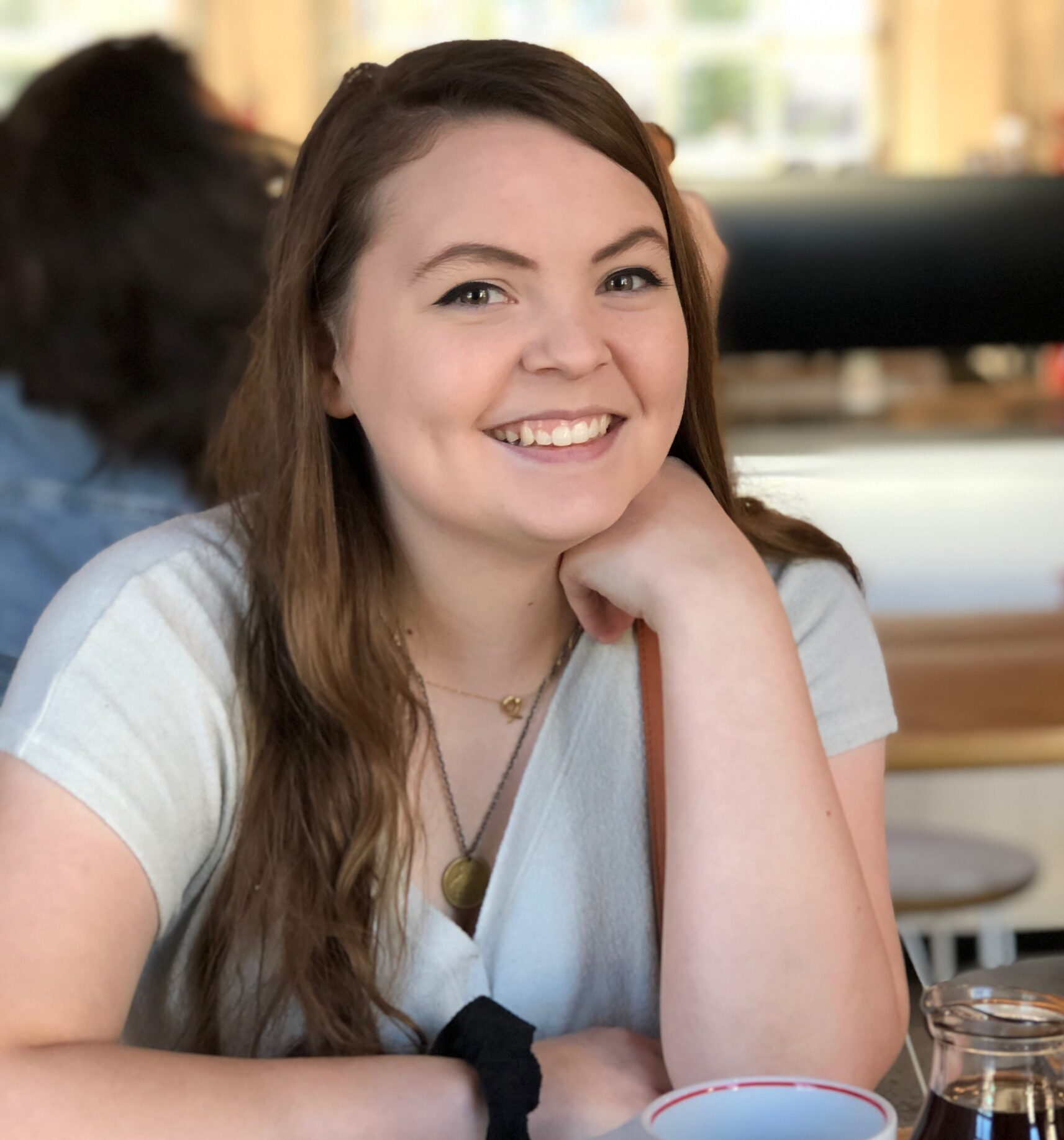In the backdrop of a maturing demographic landscape in the Western world, improving care for geriatric orthopaedic trauma and osteoporosis-related fractures emerges as a pressing concern. Osteoporosis-associated fractures often pose a significant challenge in trauma surgery, with systematic diagnostics and treatment often falling short during hospital stays. Coupled with increased life expectancies, the expanding aging population accentuates the challenges associated with fractures linked to osteoporosis. Therefore, there is a crucial need for heightened attention to refine care strategies tailored to the unique complexities faced by the elderly.
Fragility fractures in the elderly become more prevalent as the Western population ages, impacting their quality of life, autonomy, and overall well-being. The socioeconomic implications of these fractures are substantial. Frail individuals face various contributing factors leading to fractures, making it crucial to target high-risk patients before the fracture occurs. Addressing this gap, a specific algorithm based on the DVO (German Osteology Society) guideline for osteoporosis has been developed for in-patient trauma surgery. This algorithm efficiently identifies high-risk patients, potentially reducing osteoporosis-associated fractures and failure of osteosynthesis. But current diagnostic tools have limitations, necessitating further scientific investigation into risk factors, prevention, diagnosis, and therapeutic options for fragility fractures.
Notably, there exists a gender difference in the acceptance of osteoporosis diagnosis and treatment among fragility fracture patients, particularly those under 80 years of age. This discrepancy is often overlooked during hospitalization, indicating a potential neglect of osteoporosis management in male patients by orthopaedic surgeons. Bridging this gap is essential for comprehensive and equitable care for all fragility fracture patients.
While geriatric fracture management programs have shown success in improving inpatient outcomes, their implementation has been predominantly in academic settings. The effectiveness of such models in community health systems and mixed practice settings with both faculty and private physicians remains less explored. Encouragingly, the Geriatric Fracture Program, implemented in a mixed practice health system, demonstrated sustained improved inpatient outcomes, reduced costs of care, and resilience during stressors like the Covid-19 pandemic.
Education plays a pivotal role in enhancing osteoporosis-related knowledge among fragility fracture patients. This, in turn, contributes to improved detection rates of bone mineral density (BMD) and bone turnover markers (BTMs), along with increased rates of osteoporosis treatment during hospitalization. Furthermore, fostering a higher rate of post-discharge follow-up in osteoporosis clinics reinforces the continuum of care for these patients.
Addressing the challenges in geriatric orthopaedic trauma and osteoporosis-related fractures is imperative as the Western world grapples with an aging population. Beyond the refinement of treatment algorithms, there arises a critical need to delve into innovative solutions that acknowledge the unique healthcare requirements of the elderly. The recognition of gender differences calls for targeted interventions during hospitalization and underscores the necessity for tailored approaches to meet the diverse needs of both male and female patients. Moreover, the success witness in fracture programs implemented in specific healthcare settings prompts a broader consideration for their extension to diverse healthcare landscapes. Embracing a comprehensive approach is crucial for universal access to optimal geriatric care amidst orthopaedic trauma and osteoporosis-related challenges.
Sources:
Fragility Fractures: Risk Factors and Management in the Elderly

